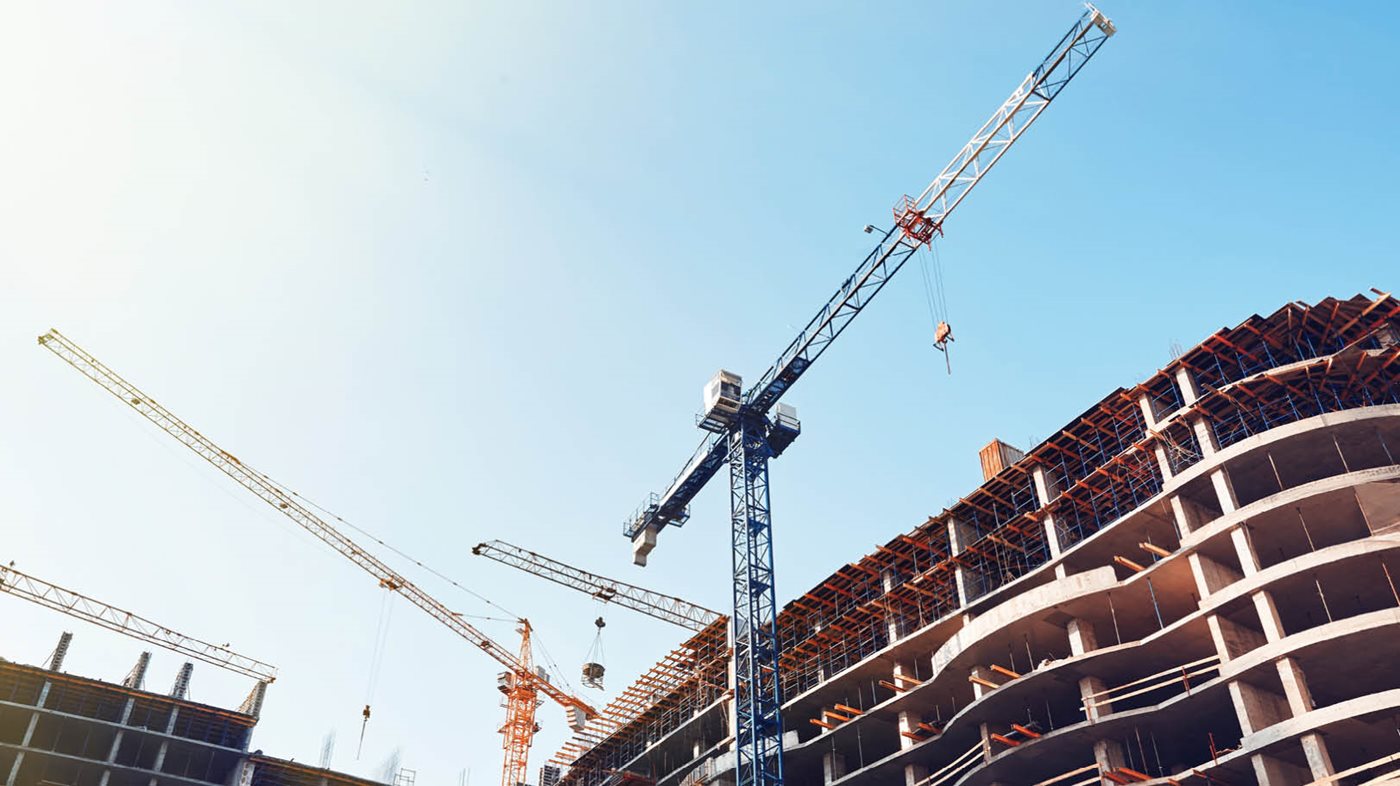Each budget involves its own unique series of fine balances to ensure the fiscal settings are suited to the times and suited to the economic challenges of the day.
The Albanese Government’s third budget to be handed down on May 14 will be no different.
The three biggest drivers of our thinking about this third budget are global uncertainty, persistent cost‑of‑living pressures, and slowing growth.
These pressures necessitate an approach to the third budget which is a little bit different, but not a lot different, to the first two.
The similarities are simple. There will still be a premium on what’s responsible, affordable, meaningful and methodical. There will still be a primary focus, but not a sole focus, on inflation.
But there are a number of important changes.
First, the revenue upgrades will be smaller than those reported in our first two budgets because of the relative performance of commodity prices and the labour market.
The second difference is that while we will be banking a substantial amount of the upward revision, in all likelihood it won’t be as much as we did in the first two budgets.
We are still committed to banking as much as we can. The average amount we will bank since coming to Government will still be much higher than our predecessors because we will still be more responsible and still demonstrate more restraint.
The third different element in this budget is we have already announced more than the usual amount of initiatives ahead of time, and for good reason. This includes: a big increase in defence spending responding to the Defence Strategic Review; paying the super guarantee on paid parental leave; and substantial investments in remote housing as part of Closing the Gap.
Most substantial of all, our cost‑of‑living tax cuts announced in January to give us time to legislate them and bed them down as soon as we could.
I’m proud of each initiative and pleased they are already out there, but it means more in the lead‑up to Budget and less on Budget night, and it means we have to find room for it all at the same time as we seek to land a second surplus.
The fourth related point is that there will likely be additional cost‑of‑living help in the Budget but it won’t be anywhere near the magnitude of the tax cuts.
We are already providing a tax cut to every taxpayer, and a bigger tax cut to more workers, we need to be upfront and say that any additional help will only be a fraction of that. Any extra help will be targeted, responsible and affordable.
There will not be big cash splashes in the Budget, simple as that. We don’t see cost‑of‑living help as stimulus – at least not in the way we thought of it in the GFC or the pandemic. We see it as a way of taking the pressure off inflation not adding to it.
This brings me to a fifth point about the Budget. When we say we will go for growth we mean it, but we also mean sustainable growth. Think of it as protein, not carbs. By this I mean a bigger emphasis on foundations and drivers.
That’s why the Budget will be all about: a future made in Australia; the energy transformation; a human capital base capable of adapting and adopting technology; a bigger emphasis on women, wages, and workers in the care economy; and perhaps most of all a big new focus on investment.
In doing so, the May 14 Budget will seek to balance the longer‑term growth opportunities with the near‑term risks.
It will be a budget that balances the fight against inflation with the need to gear our economy for growth.
And it will be a budget that sees us through tough times and sets our nation and our people up for a more prosperous future.







